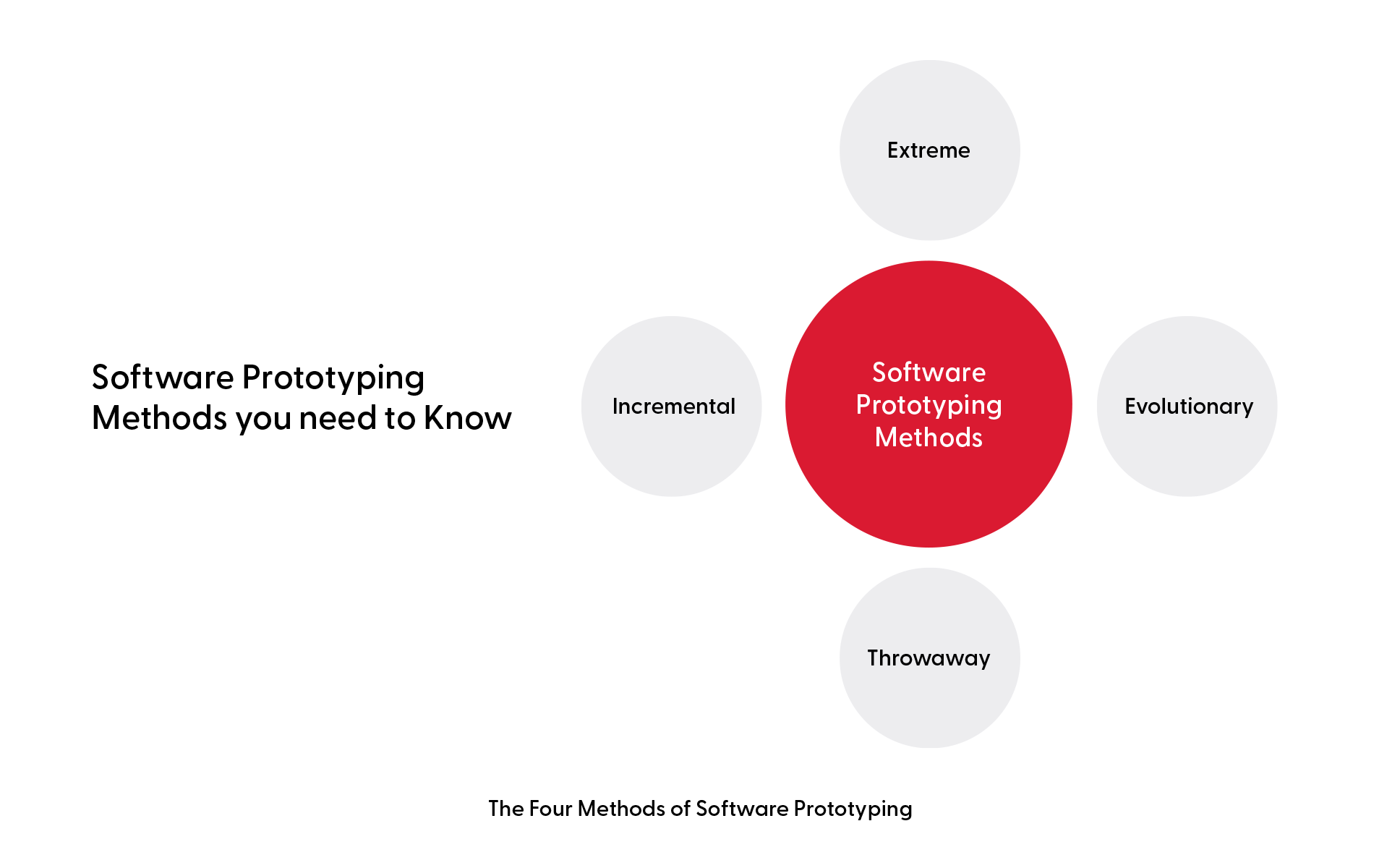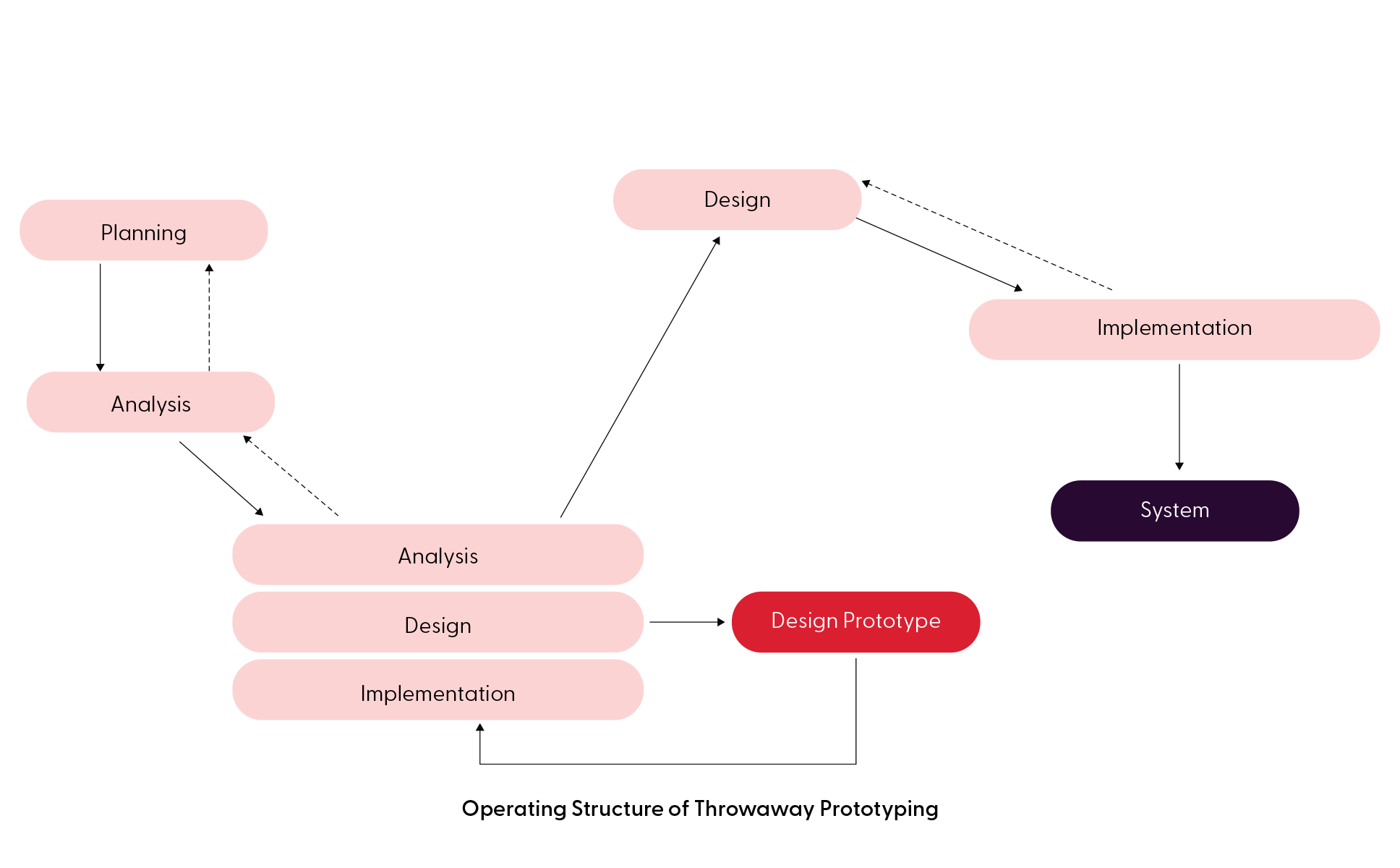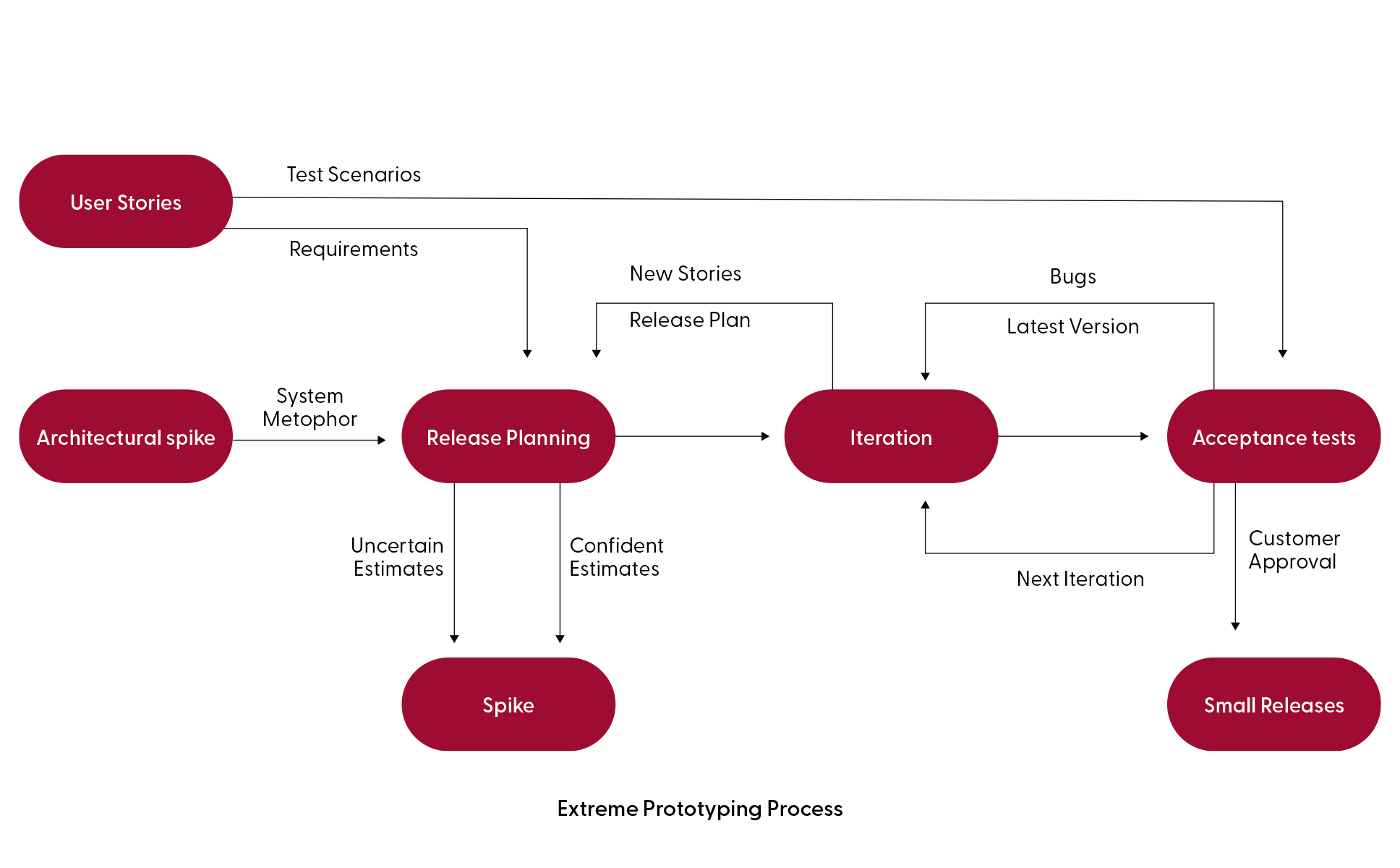Prototyping strategies for agile software development


A software prototype is an early, incomplete version of a software application designed to evaluate the feasibility of an idea, verify that core functionalities are working as expected, and assess whether the code is functioning correctly. This process allows developers to identify potential issues without committing extensive resources.
The primary goal of a software prototype is to address small mistakes early in the development process before they escalate into more significant, irreversible problems. Think of a software prototype as the rough skeleton of an idea, evolving through several stages before it becomes a fully functional product. These stages include:
Four key software prototyping methods are commonly used to build effective prototypes. While each method differs in approach and outcome, all share the goal of creating refined and highly presentable prototypes.

This method focuses on iterative development, where each new prototype improves on the last. Incremental prototyping follows a linear progression, with each iteration introducing new features, design improvements, and bug fixes. This approach is ideal for testing and refining prototypes quickly, minimizing errors, and reducing the risk of failure in the final product.

Also known as close-ended prototyping, this method focuses on developing a specific part of the prototype without integrating it into the final product. It typically gathers user feedback on a particular feature or function. After collecting feedback, the prototype is discarded, although reusable components may be retained. This efficient approach saves time by eliminating the need for extensive documentation, ensuring rapid deployment for immediate results.

Extreme prototyping is primarily used for web applications. It unfolds in three stages: building a static prototype with HTML pages, programming the screens with a simulated service layer, and implementing the actual services. This method helps developers identify and resolve issues early in the development process, thus reducing the cost of re-work and ensuring the final product meets user expectations. By focusing on user experience and performance throughout each stage, extreme prototyping ensures the prototype is highly aligned with user needs.

Also known as breadboard prototyping, this approach emphasizes continuous improvement based on well-understood requirements. Developers create a robust initial prototype with as many features and functions as possible and then incrementally refine it through additional features and enhancements. The evolutionary method is ideal when developers need to build a structured, evolving prototype that adapts over time.
Each prototyping method serves a unique purpose based on the specific goals, available resources, and the nature of the project. If the primary goal is to test a concept or validate an idea quickly, throwaway prototyping is an excellent choice. It requires minimal resources and allows rapid prototype building to gather feedback on specific features or functions. Since the prototype is discarded after collecting feedback, it's a quick, resource-efficient way to assess whether the idea is viable without committing to a more significant and resource-intensive development effort.
Evolutionary prototyping is ideal for projects that require continuous iteration and refinement. This approach allows for developing and refining an initial working model over time based on user feedback, emerging requirements, and additional features. It's a flexible method suited to projects where the requirements evolve as the product develops. Evolutionary prototyping ensures that the prototype improves progressively, incorporating the latest feedback and adjustments into each version. This makes it an excellent choice for projects with long-term goals where flexibility and continuous enhancement are crucial.
When the focus is on developing a user-centric prototype that closely aligns with user expectations and requires high precision, extreme prototyping is the best approach, especially for web applications. This highly structured method focuses on user interaction and experience from the outset. It ensures that the final product functions are intuitive and engaging. If time and resources permit, extreme prototyping allows for thorough testing and refinement, providing the prototype matures into a user-friendly product that can withstand real-world challenges. It's a comprehensive approach for building applications requiring technical robustness and a seamless user experience.
Finally, incremental prototyping is the backbone of many development processes. This method builds the prototype step-by-step, adding new features and functionalities linearly. Each version improves on the last, ensuring the product evolves steadily and with fewer errors. Incremental prototyping is ideal for projects that require a consistent, predictable development process. It ensures that features are tested as they are added, making identifying and fixing issues easier.
Ultimately, any prototyping method aims to create a version that closely resembles the final product's functionalities while minimizing risks, costs, and development time. Through iterative testing, feedback, and refinement, prototypes evolve into fully-fledged software applications that meet user needs and expectations. Each method has its strengths and is suited to different stages or aspects of product development. By selecting the right prototyping approach and adapting it as needed, one can ensure that the end product is well-aligned with user requirements and business objectives.